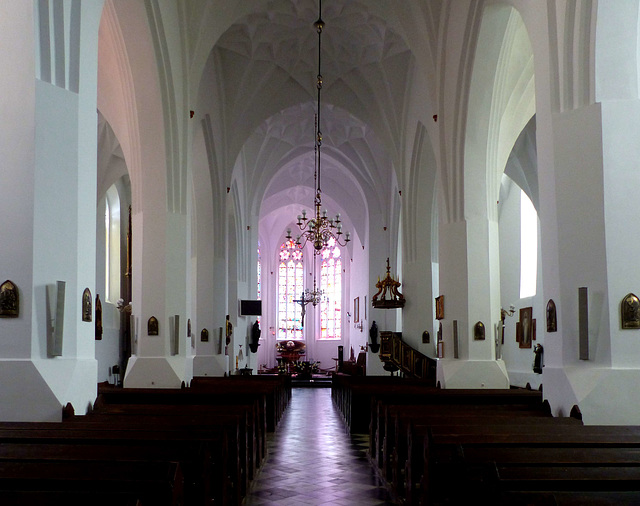Kętrzyn - Zamek krzyżacki
Pojezierze Mazurskie
Mikołajki
Ranty
Ełk
Ełk -Kościół Najświętszego Serca Jezusowego
Ełk -Kościół Najświętszego Serca Jezusowego
Ełk
Ełk
Marijampolė
Marijampolė - Šv. arkangelo Mykolo bazilika
Marijampolė - Šv. arkangelo Mykolo bazilika
Marijampolė - Coffee
Marijampolė - Synagogue
Pilviškiai - Killing Field
Klaipėda - Ordensburg
Klaipėda
Klaipėda - Klaipėdos dramos teatras
Klaipėda
Klaipėda
Klaipėda
Curonian Spit
Curonian Spit
Kętrzyn - Bazylika kolegiacka św. Jerzego
Kętrzyn
Kętrzyn - Ptasi Bufet
Barczewo - Łączy kultury
Barczewo - Ultreia!
Barczewo - Kościół św. Anny
Barczewo - Kościół św. Anny
Olsztyn - Muzeum Warmii i Mazur
Olsztyn - Muzeum Warmii i Mazur
Olsztyn - Zamek Kapituły Warmińskiej
Olsztyn - Zamek Kapituły Warmińskiej
Olsztyn - Zamek Kapituły Warmińskiej
Olsztyn - Zamek Kapituły Warmińskiej
Olsztyn - Nicolaus Copernicus
Olsztyn - Bazylika konkatedralna św. Jakuba
Olsztyn - Bazylika konkatedralna św. Jakuba
Olsztyn - Bazylika konkatedralna św. Jakuba
Olsztyn - Bazylika konkatedralna św. Jakuba
Olsztyn - Brama Górna
Olsztyn - Szlak Św. Jakuba
Olsztyn - Rynek
Olsztyn - Stary Ratusz
Location
See also...
Keywords
Authorizations, license
-
Visible by: Everyone -
All rights reserved
-
63 visits
Kętrzyn - Bazylika kolegiacka św. Jerzego


Kętrzyn (Rastenburg) was established in 1329 in the State of the Teutonic Knights and was granted town rights in 1357.
After the Battle of Grunwald (Battle of Tannenberg) in 1410, the mayor surrendered the town to Poland, however, it fell back to the Teutonic Knights in 1411. In 1440, the town joined the anti-Teutonic Prussian Confederation. King Casimir IV Jagiellon incorporated town to the Kingdom of Poland in 1454.
After the Thirteen Years’ War (1454–1466) the town was part of Poland as a fief held by the Teutonic Order's state and, from 1525 to 1701, it was part of the Duchy of Prussia.
During WWII Hitler's wartime military headquarters, the "Wolfsschanze" (Wolf's Lair), was east of Rastenburg. In 1945, the area suffered devastation from both the retreating Germans and advancing Soviets. Some ruins of the Wolfsschanze remain.
The Bazylika kolegiacka św. Jerzego (Collegiate Basilica of St. George) is the best-preserved fortified church in Masuria. Originally it was a single-nave hall in the southwestern corner of the town. It was part of the town´s defensive structure. The tower was crowned with battlements. In the 15th century, a second tower was built, and at the end of the century, the building was rebuilt into a three-aisled pseudo-basilica.
Until WWII it was called the "German Church" - in contrast to the "Polish Church" next to it.
Note the diamond vault.
After the Battle of Grunwald (Battle of Tannenberg) in 1410, the mayor surrendered the town to Poland, however, it fell back to the Teutonic Knights in 1411. In 1440, the town joined the anti-Teutonic Prussian Confederation. King Casimir IV Jagiellon incorporated town to the Kingdom of Poland in 1454.
After the Thirteen Years’ War (1454–1466) the town was part of Poland as a fief held by the Teutonic Order's state and, from 1525 to 1701, it was part of the Duchy of Prussia.
During WWII Hitler's wartime military headquarters, the "Wolfsschanze" (Wolf's Lair), was east of Rastenburg. In 1945, the area suffered devastation from both the retreating Germans and advancing Soviets. Some ruins of the Wolfsschanze remain.
The Bazylika kolegiacka św. Jerzego (Collegiate Basilica of St. George) is the best-preserved fortified church in Masuria. Originally it was a single-nave hall in the southwestern corner of the town. It was part of the town´s defensive structure. The tower was crowned with battlements. In the 15th century, a second tower was built, and at the end of the century, the building was rebuilt into a three-aisled pseudo-basilica.
Until WWII it was called the "German Church" - in contrast to the "Polish Church" next to it.
Note the diamond vault.
- Keyboard shortcuts:
Jump to top
RSS feed- Latest comments - Subscribe to the comment feeds of this photo
- ipernity © 2007-2024
- Help & Contact
|
Club news
|
About ipernity
|
History |
ipernity Club & Prices |
Guide of good conduct
Donate | Group guidelines | Privacy policy | Terms of use | Statutes | In memoria -
Facebook
Twitter

Sign-in to write a comment.